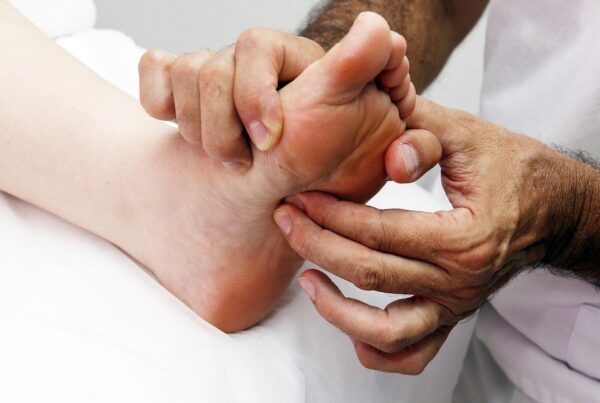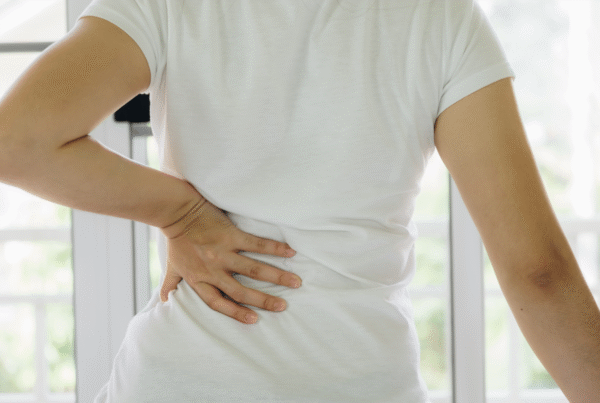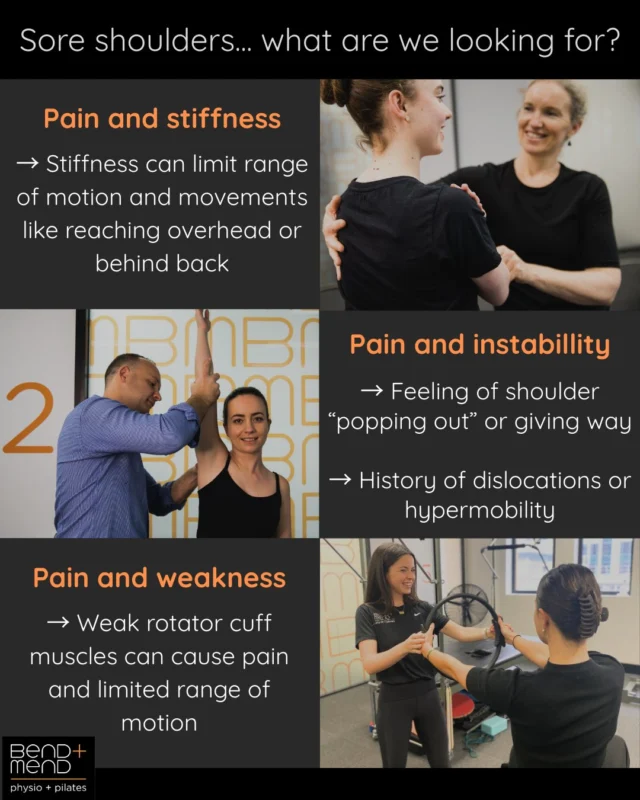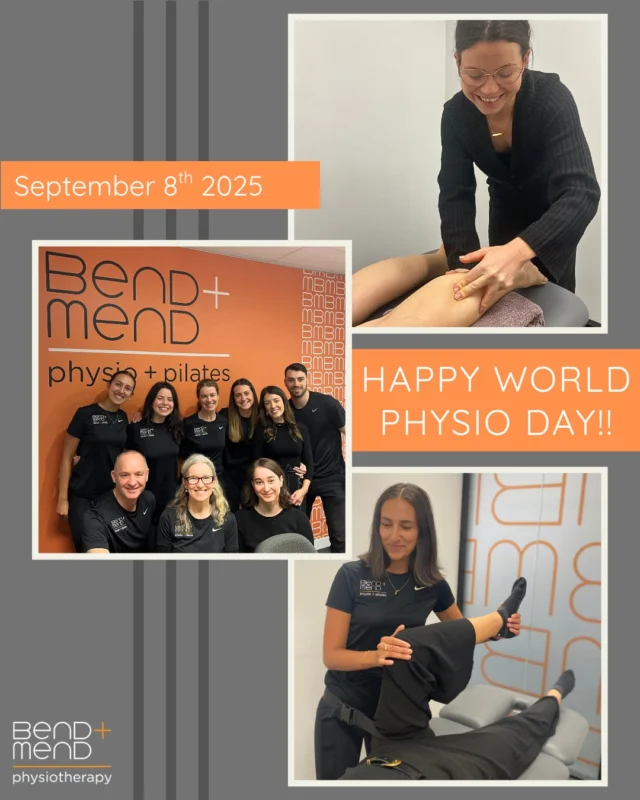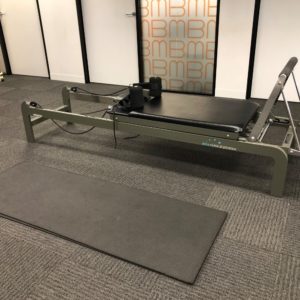 Physio-led exercise often utilises various pieces of equipment. In this blog we are going to outline why we choose to do certain exercises on the mat and the Pilates Reformer.
Physio-led exercise often utilises various pieces of equipment. In this blog we are going to outline why we choose to do certain exercises on the mat and the Pilates Reformer.
The reformer can often be a scary contraption when a patient is using it for the first time. However it usually doesn’t take long for a patient to fall in love with the variety of exercises that can be performed on this piece of equipment.
The reformer has a spring based resistance which can be loaded in various ways depending on how you want to be challenged. The most common mis-conception is a lighter spring is an easier spring. In general a lighter spring will challenge your balance and stabilising muscles (e.g. deep abdominals or deep gluteals) and a heavier spring will usually strengthen your prime mover muscles (e.g. quads, hamstrings, biceps). We choose the springs based around what muscle group a patient needs to focus on strengthening. Due to the dynamic movement of the reformer, usually a few different muscle groups are being recruited for the one exercise. For example a patient may be doing a kneeling arm exercise but because the reformer moves whilst you are doing this, the patient will need to activate their deep abdominal muscles to stabilise and stop themselves falling forward.
Whilst mat based exercises usually don’t seem as fun as using the clinical pilates equipment, a lot of patients are surprised at how hard they have to work when doing certain mat exercises. Just because your exercises are mat-based doesn’t mean you are taking the easy route. We use mat-based exercises for different reasons such as if you want to target a specific muscle rather than having other muscles also recruited. This way we can better isolate that one muscle instead of allowing other more dominant muscles to do the hard work.
Another reason we may use the mat is so that the patient can understand certain movements and learn how to recruit the correct muscles. This is can be helpful for people who have had a period of time off exercise (e.g. post-natal or after surgery) or those who may have developed poor biomechanics in something they regularly do such as running. Sometimes getting back to basics and breaking down movements is the best way to assist a patient in recruiting the correct muscles and developing good movement techniques.
If you think you would benefit from a Physio-led exercise program using Pilates equipment come in for an Initial Assessment with one of our Bend + Mend Physios today. I hope to see you on the mat or reformer soon!
